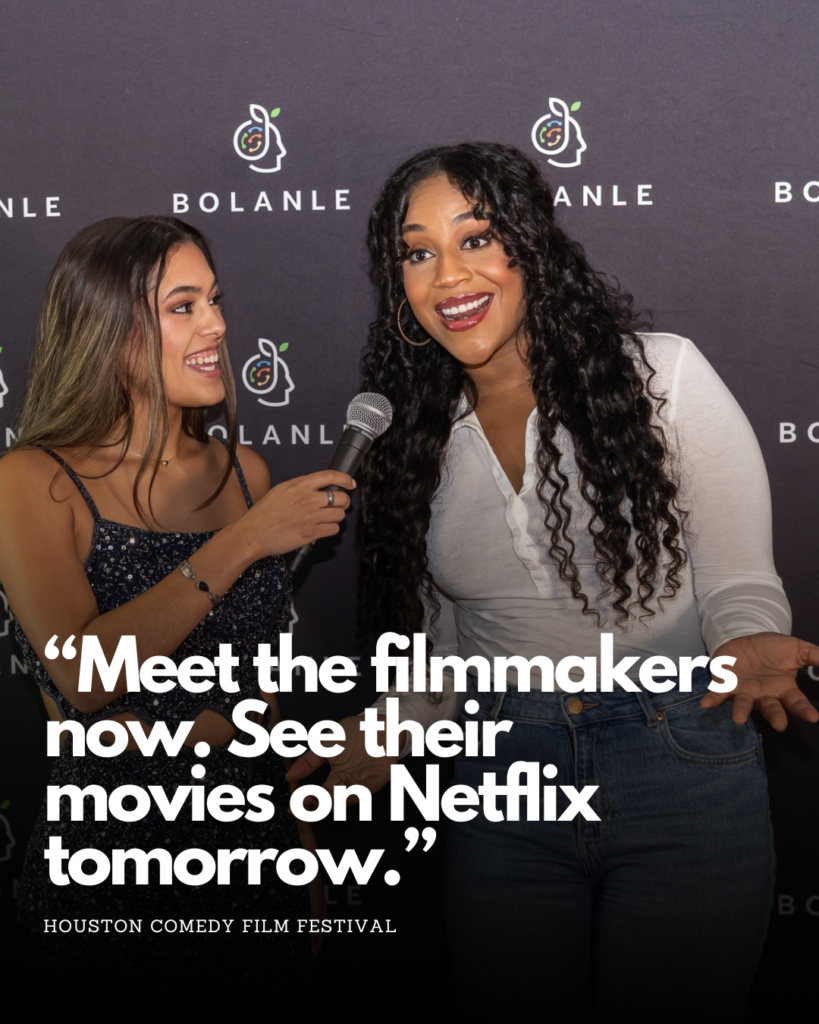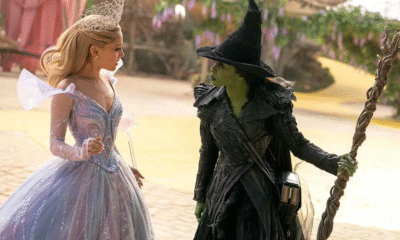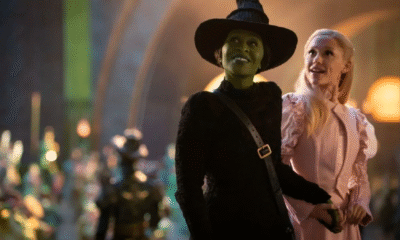Entertainment
Khloe Kardashian Accused of Blackfishing AGAIN this Halloween, Shocking No One on November 2, 2023 at 11:54 pm The Hollywood Gossip
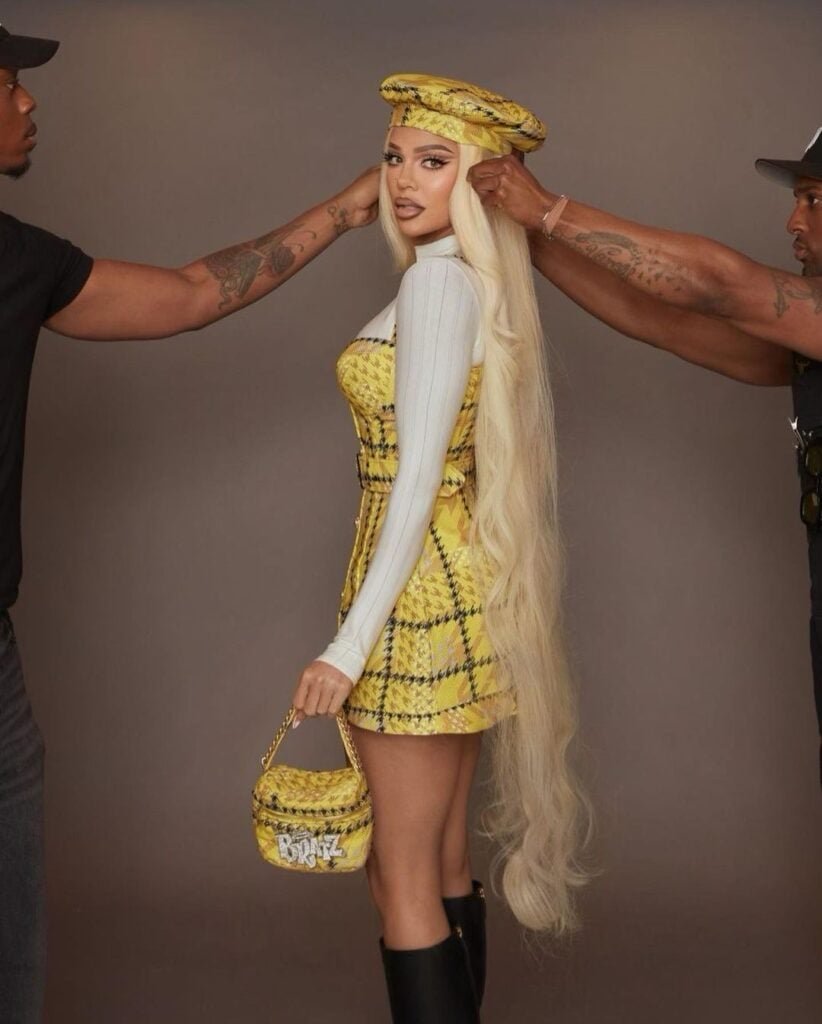
We’ve always known that the Kardashians have a passion for fashion. Now, Khloe is taking that to new heights.
Together with friends and her sister, Kim, Khloe dressed as part of the Bratz squad. Bratz is a brand of dolls that are more caricatured and culturally contemporary, targeting younger Millennials. Um, younger than Khloe.
If you know what Bratz dolls look like and you know how Khloe very regularly styles herself, you can see where this is going.
Once again, people are calling out Khloe and accusing her of blackfishing — styling herself in a “racially ambiguous” way in order to appear biracial or Black.
Khloe Kardashian showed off her Halloween look in 2023, going as one of the Bratz. (Photo Credit: Greg Swales for Khloe Kardashian)
Make no mistake: Khloe Kardashian’s picture-perfect Halloween look absolutely resembled a Bratz doll.
But from the color that she made her skin to the styling of her lips, nose, cheeks, and eyes … maybe this wasn’t the best choice.
As Khloe posted the pics to Instagram, the accusations of blackfishing came pouring in.
Blonde bombshell Khloe Kardashian flaunts one flirty shoulder in this white outfit in August of 2023. (Photo Credit: Instagram)
Commenters spoke up
(Yes, we’ll do a breakdown on what this all means)
“Here she go once again cosplaying as a black woman,” accused one commenter.
“Awwww she’s mixed this week,” another wrote facetiously.
Speaking to the Season 4 confessional camera on The Kardashians, Khloe Kardashian explains the double standard to which she holds her family. (Image Credit: Hulu)
“Girl what were you thinking,” another Instagram user asked.
“Stop it w the blackface already,” a commenter demanded.
Yet another follower simply remarked: “Blackfishing much!!!”
The gulf between Khloe Kardashian’s actual face and the sorts of photos that she chooses to share on social media has not escaped fans or critics. This is just one example, from September of 2020. (Image Credit: Twitter)
“They wanna be black,” wrote another commenter, observing that this applies to Khloe but also to her fellow Bratz cosplayers.
“I usually support [Khloe],” began one nuanced fan, “but this is blackface and not an attractive look. It’s disturbing.”
Another wrote: “…… you couldn’t have done this without the darkening of your skin to a point it’s almost blackface.”
Heralding the opening of the first-ever Good American store, Khloe Kardashian channeled some mannequin realness. (Photo Credit: Instagram)
“Y’all are not black,” another commenter flat-out instructed. “This is inappropriate.”
“I am not offended easily but even this is crazyyyy,” wrote an Instagram user.
One commenter confessed: “Girl I thought this was a random black woman.”
Going full duck with this selfie, Khloe Kardashian reminder her followers of how dramatically her look has changed. (Photo Credit: Instagram)
“Nope, pretending to be a black or brown woman aint it,” another wrote in a stern tone.
“I actually thought this was a black woman,” admitted another. “What the hell.”
While some of those may have confused blackface for blackfishing, the message was pretty clear.
On The Kardashians, Khloe Kardashian wears a powder blue top and dramatic shades while confronting her mother. (Image Credit: Hulu)
Other commenters did defend Khloe
“Khloe has had several skin cancer scares so she can’t go out and tan,” noted a commenter. “She probably added some tanners as a result . She gets so much criticism for everything, Iet the girl be”
“Y’all know her real pops OJ right,” wrote another. “She black.”
It is true that Khloe has had very real skin cancer scares. But it is not true that OJ Simpson is her father; Khloe is a white woman of Armenian descent.
Producers and viewers alike felt concern when Khloe Kardashian shared her cancer fears. (Image Credit: Hulu)
Well? Is it blackfishing or not? What even is blackfishing?
Halloween is for everyone! And while some costumes will always be in poor taste, that’s pretty closely limited to real-life evil (Nazi imagery, that sort of thing).
Many costumes involve makeup — it’s part of transforming your look. Clothing, props, accessories, and makeup all play a role.
But sometimes, looks cross the line. And even if they’re not blackface, they can be insulting and appropriative.
Lounging on the patio, Khloe Kardashian discusses the nuances of her family’s mistakes. (Image Credit: Hulu)
Blackface
For generations, blackface has been a way for people to signal their mockery of Black people.
This racist symbol dates back nearly 200 years, to 1830. From then on, it became a hateful way to mock and humiliate Black people.
Sometimes, people paint their face black or a dark brown without knowing that they are wearing a racist symbol. Their intentions do not rob the symbol of its harmful meaning. And, frankly, there are very few excuses for not knowing that.
90 Day Fiance star Miona Bell’s Instagram photos caused controversy with viewers, even though she was likable on screen. Fans accused this Serbian woman of blackfishing. (Photo Credit: Instagram)
But what about blackfishing?
Blackfishing is different, because — on its surface — it sounds like the polar opposite of blackface.
Because blackfishing is when someone adopts a “racially ambiguous” styling that seems to imply that they are biracial or Black.
The fact that people try this for a wider audience and for social clout almost sounds like a sign of social progress. And maybe it is? But it’s also just … very bad.
Amelia Gray Hamlin looked remarkably brown in this photo, where she presents a style from her hair to her skin to her face to look different than fans usually see her. There is a word for this. (Photo Credit: Instagram)
This has been an epidemic among influencers, particularly on Instagram and Snapchat.
Blackfishing usually involves using tan makeup, spray tan, or actual tanning. It also involves styling yourself in a certain way — from your hair to your lips to your eyes to your clothing — to suggest Black heritage.
Most who do so might not realize that the term applies to them. But this deeply weird practice essentially means donning another race, another heritage, as a mask for long enough to snap some photos … and then washing off the makeup and continuing to experience white privilege while actual Black people continue to face systemic racism.
An unflattering tweet compares Khloe Kardashian’s pale hands to chicken feet, highlighting the stark contrast between Khloe’s actual skin tone and the makeup that she wears on her face. Sometimes, she also wears it on her hands. (Image Credit: Twitter)
No, it’s not “just tanning”
In many — even most — instances of blackfishing, we’re talking about very temporary things like makeup or spray tan. The white influencer finishes cosplaying as a person of color, then literally washes their hands of it.
If Khloe simply had a tan, then the blackfishing complaints would not hold water. As it is … she is one of the first people to come to mind for many people.
Her stans can defend her all that they like. But at the end of the day, Khloe has two Black children and a number of Black relatives. One day, she might have to stop and think about how they, and millions of others with skin like theirs, might feel about this practice.
Khloe Kardashian Accused of Blackfishing AGAIN this Halloween, Shocking No One was originally published on The Hollywood Gossip.
We’ve always known that the Kardashians have a passion for fashion. Now, Khloe is taking that to new heights. Together …
Khloe Kardashian Accused of Blackfishing AGAIN this Halloween, Shocking No One was originally published on The Hollywood Gossip.
The Hollywood Gossip Read More
Entertainment
What We Can Learn Inside 50 Cent’s Explosive Diddy Documentary: 5 Reasons You Should Watch
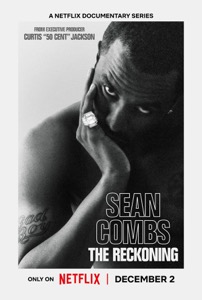
50 Cent’s new Netflix docuseries about Sean “Diddy” Combs is more than a headline-grabbing exposé; it is a meticulous breakdown of how power, celebrity, and silence can collide in the entertainment industry.
Across its episodes, the series traces Diddy’s rise, the allegations that followed him for years, and the shocking footage and testimonies now forcing a wider cultural reckoning.
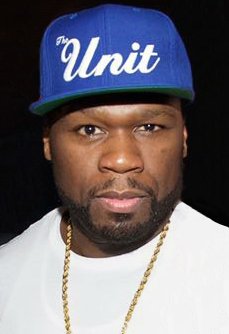
1. It Chronicles Diddy’s Rise and Fall – And How Power Warps Reality
The docuseries follows Combs from hitmaker and business icon to a figure facing serious criminal conviction and public disgrace, mapping out decades of influence, branding, and behind-the-scenes behavior. Watching that arc shows how money, fame, and industry relationships can shield someone from scrutiny and delay accountability, even as disturbing accusations accumulate.
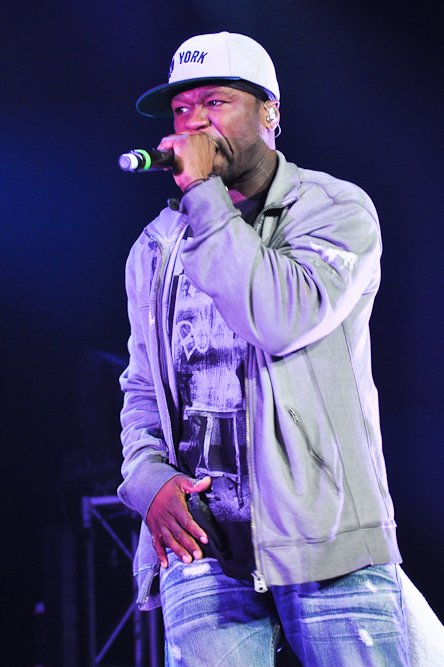
2. Never-Before-Seen Footage Shows How Narratives Are Managed
Exclusive footage of Diddy in private settings and in the tense days around his legal troubles reveals how carefully celebrity narratives are shaped, even in crisis.
Viewers can learn to question polished statements and recognize that what looks spontaneous in public is often the result of strategy, damage control, and legal calculation.
3. Survivors’ Stories Highlight Patterns of Abuse and Silence
Interviews with alleged victims, former staff, and industry insiders describe patterns of control, fear, and emotional or physical harm that were long whispered about but rarely aired in this detail. Their stories underline how difficult it is to speak out against a powerful figure, teaching viewers why many survivors delay disclosure and why consistent patterns across multiple accounts matter.
4. 50 Cent’s Approach Shows Storytelling as a Tool for Accountability
As executive producer, 50 Cent uses his reputation and platform to push a project that leans into uncomfortable truths rather than protecting industry relationships. The series demonstrates how documentary storytelling can challenge established power structures, elevate marginalized voices, and pressure institutions to respond when traditional systems have failed.
5. The Cultural Backlash Reveals How Society Handles Celebrity Accountability
Reactions to the doc—ranging from people calling it necessary and brave to others dismissing it as a vendetta or smear campaign—expose how emotionally invested audiences can be in defending or condemning a famous figure. Watching that debate unfold helps viewers see how fandom, nostalgia, and bias influence who is believed, and why conversations about “cancel culture” often mask deeper questions about justice and who is considered too powerful to fall.
Entertainment
South Park’s Christmas Episode Delivers the Antichrist
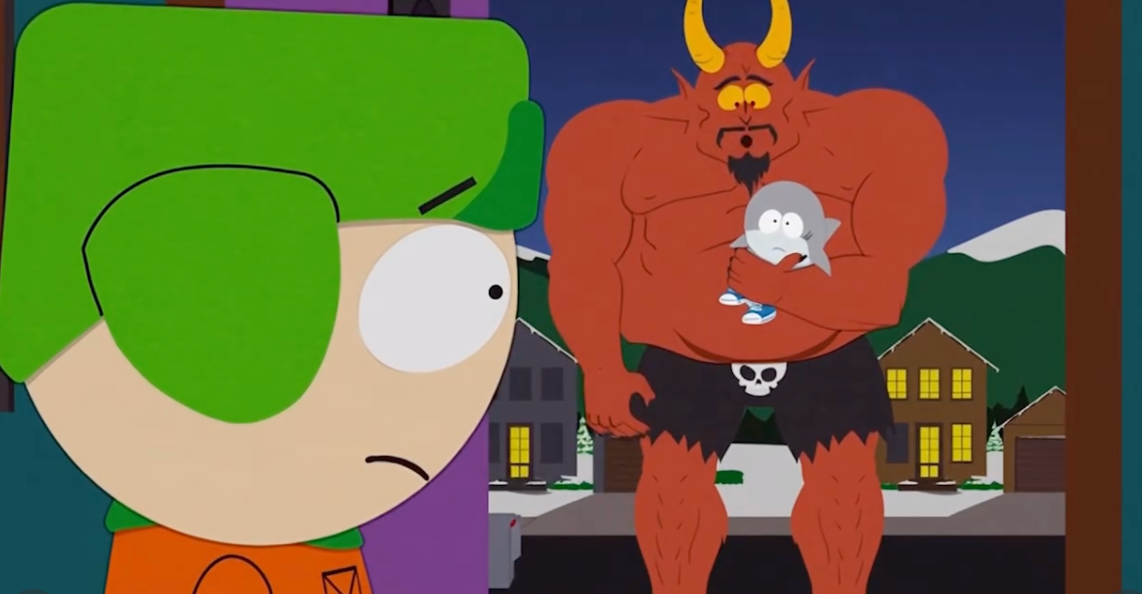
A new Christmas-themed episode of South Park is scheduled to air with a central plot in which Satan is depicted as preparing for the birth of an Antichrist figure. The premise extends a season-long narrative arc that has involved Satan, Donald Trump, and apocalyptic rhetoric, positioning this holiday episode as a culmination of those storylines rather than a stand‑alone concept.
Episode premise and season context
According to published synopses and entertainment coverage, the episode frames the Antichrist as part of a fictional storyline that blends religious symbolism with commentary on politics, media, and cultural fear. This follows earlier Season 28 episodes that introduced ideas about Trump fathering an Antichrist child and tech billionaire Peter Thiel obsessing over prophecy and end‑times narratives. The Christmas setting is presented as a contrast to the darker themes, reflecting the series’ pattern of pairing holiday imagery with controversial subject matter.
Public and political reactions
Coverage notes that some figures connected to Donald Trump’s political orbit have criticized the season’s portrayal of Trump and his allies, describing the show as relying on shock tactics rather than substantive critique. Commentators highlight that these objections are directed more at the depiction of real political figures and the show’s tone than at the specific theology of the Antichrist storyline.
At the time of reporting, there have not been widely reported, detailed statements from major religious leaders focused solely on this Christmas episode, though religion-focused criticism of South Park in general has a long history.
Media and cultural commentary
Entertainment outlets such as The Hollywood Reporter, Entertainment Weekly, Forbes, Slate, and USA Today describe the Antichrist arc as part of South Park’s ongoing use of Trump-era and tech-world politics as material for satire.
Viewer guidance and content advisory
South Park is rated TV‑MA and is intended for adult audiences due to strong language, explicit themes, and frequent use of religious and political satire. Viewers who are sensitive to depictions of Satan, the Antichrist, or parodies involving real political figures may find this episode particularly objectionable, while others may view it as consistent with the show’s long‑running approach to controversial topics. As with previous episodes, individual responses are likely to vary widely, and the episode is best understood as part of an ongoing satirical series rather than a factual or theological statement.
Entertainment
Sydney Sweeney Finally Confronts the Plastic Surgery Rumors
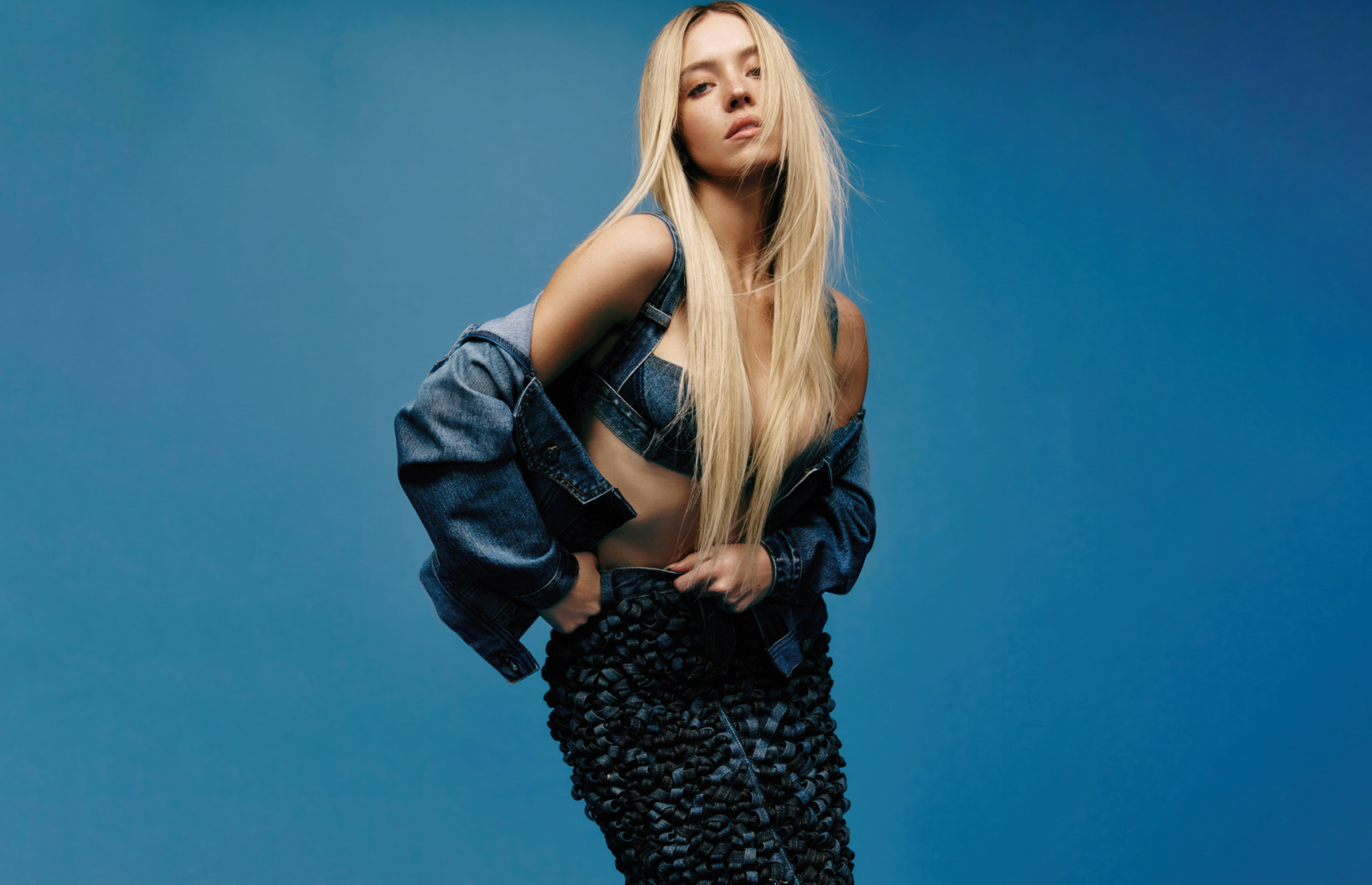
Sydney Sweeney has decided she is finished watching strangers on the internet treat her face like a forensic project. After years of side‑by‑side screenshots, “then vs now” TikToks, and long comment threads wondering what work she has supposedly had done, the actor is now addressing the plastic surgery rumors directly—and using them to say something larger about how women are looked at in Hollywood and online.
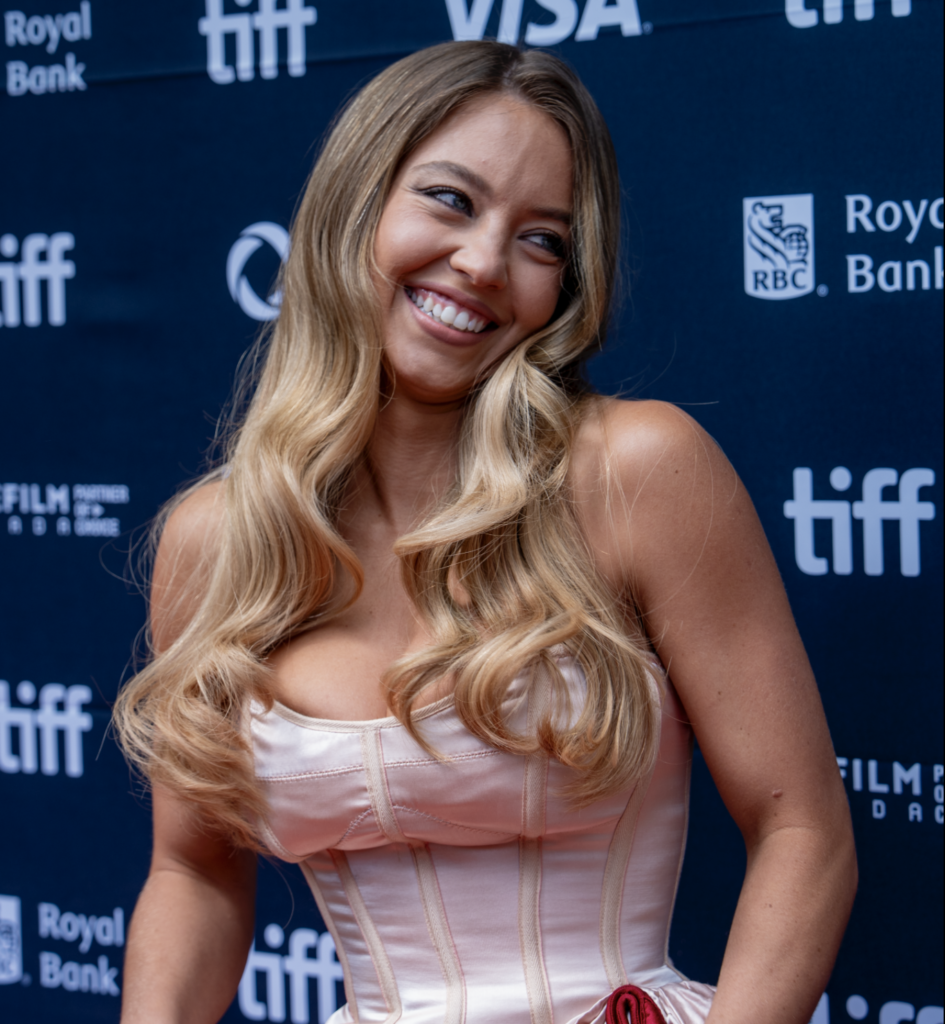
Growing Up on Camera vs. “Before and After” Culture
Sweeney points out that people are often mistaking normal changes for procedures: she grew up on camera, her roles now come with big‑budget glam teams, and her body has shifted as she has trained, aged, and worked nonstop. Yet every new red‑carpet photo gets folded into a narrative that assumes surgeons, not time, are responsible. Rather than walking through a checklist of what is “real,” she emphasizes how bizarre it is that internet detectives comb through pores, noses, and jawlines as if they are owed an explanation for every contour of a woman’s face.
The Real Problem Isn’t Her Face
By speaking up, Sweeney is redirecting the conversation away from her features and toward the culture that obsesses over them.
She argues that the real issue isn’t whether an actress has had work done, but why audiences feel so entitled to dissect her body as public property in the first place.
For her, the constant speculation is less about curiosity and more about control—another way to tell women what they should look like and punish them when they do not fit. In calling out that dynamic, Sweeney isn’t just defending herself; she is forcing fans and followers to ask why tearing apart someone else’s appearance has become such a popular form of entertainment.

 Entertainment4 weeks ago
Entertainment4 weeks agoWicked Sequel Disappoints Fans: Audience Verdict on For Good

 Entertainment4 weeks ago
Entertainment4 weeks agoAriana & Cynthia Say They’re in a ‘Non‑Demi Curious, Semi‑Binary’ Relationship… WTF Does That Even Mean?

 News4 weeks ago
News4 weeks agoMexico Bans Dophin Shows Nationwide

 Entertainment4 weeks ago
Entertainment4 weeks agoColombia’s ‘Doll’ Arrest: Police Say a 23-Year-Old Orchestrated Hits, Including Her Ex’s Murder

 Entertainment4 weeks ago
Entertainment4 weeks agoHow The Grinch Became The Richest Christmas Movie Ever

 Entertainment4 weeks ago
Entertainment4 weeks agoMiley Cyrus Is Engaged to Maxx Morando

 Business3 weeks ago
Business3 weeks agoLuana Lopes Lara: How a 29‑Year‑Old Became the Youngest Self‑Made Woman Billionaire

 News4 weeks ago
News4 weeks agoUS May Completely Cut Income Tax Due to Tariff Revenue



